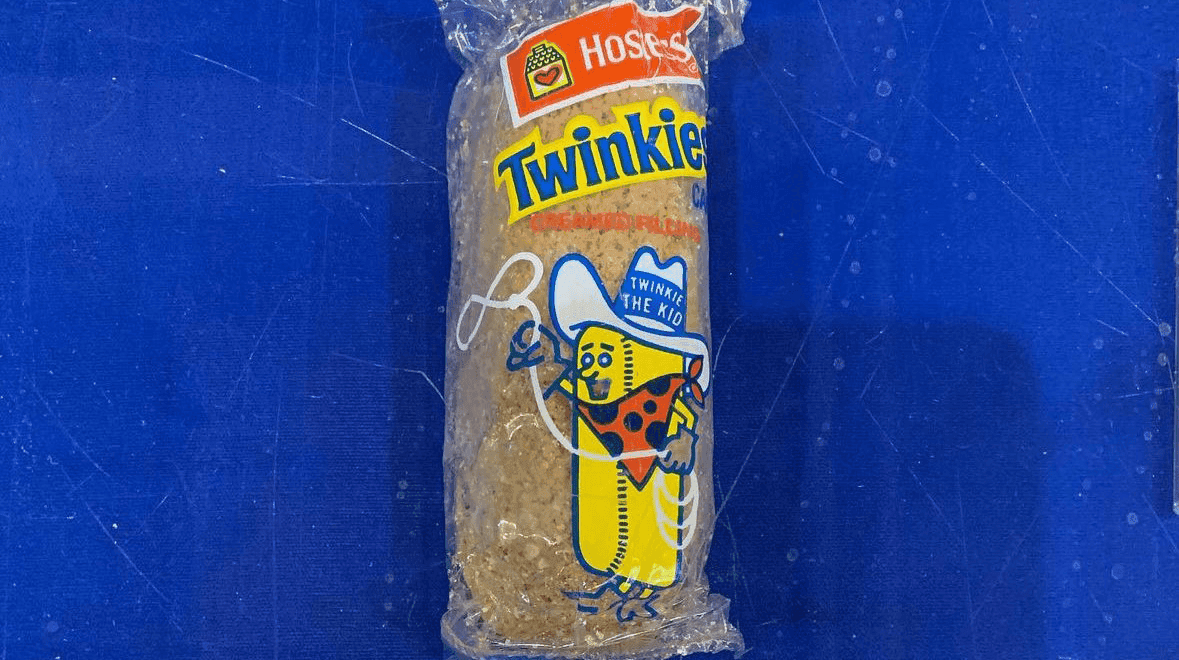Every year, on the Wednesday of The National, there's that one viral item at a dealer's table that everyone is talking about.
An auction house's Honus Wagner on display often becomes the talk of the show or an outrageous price on a sealed box of Topps baseball cards from the 1950s. Last year, many were ogling over Rick Probstein's 13 Michael Jordan Fleer rookies, all in PSA 10.
This year, the cake actually took the cake.
Wait, what?
Late Tuesday, a dealer put out what was advertised as the oldest sealed Twinkie for $1,000. Vintage dealer Leighton Sheldon of Just Collect saw the item and posted it on social media.
Dan Wulkan of Memory Lane, who loves oddball collectibles, saw the post and Wulkan, not yet at the show, agreed to buy it from dealer Kevin Bronson after doing some quick research.
"Kevin is a friend and always has items like this," Wulkan said. "I texted him from the plane and said, 'DO NOT SELL THAT. I WANT IT."
The research revealed that the oldest Twinkie still "alive" appears to be one in a glass box at George Stevens Academy in Blue Hill, Maine.
In 1976, the school's chemistry teacher Roger Bennatti began the experiment to observe the decay of food, putting the Twinkie, the item that supposedly lasts forever, to the test.
It stayed in Bennatti's classroom until 2004 when he retired. The project was taken over by Libby Rosemeier, who had been Bennatti's student the day the experiment began, and is still at the school.
But that Twinkie is unpacked, out in the air and very well molded. The one in The National still looks good.
It doesn't have any date on it, but it features the mascot, Twinkie the Kid, with circles as eyes, which dates it to pre-1980.
The original shelf life of a Twinkie when it was invented in 1930 was two days. The number was pushed up to 25, 45 and eventually 65 days, which is the promise today.
Twinkies famously have more than 30 ingredients, but don't include any dairy, which helps give it its legendary life. The cream is made from beef fat.
Darren Rovell is the founder of cllct.com and one of the country's leading reporters on the collectibles market. He previously worked for ESPN, CNBC and The Action Network.

